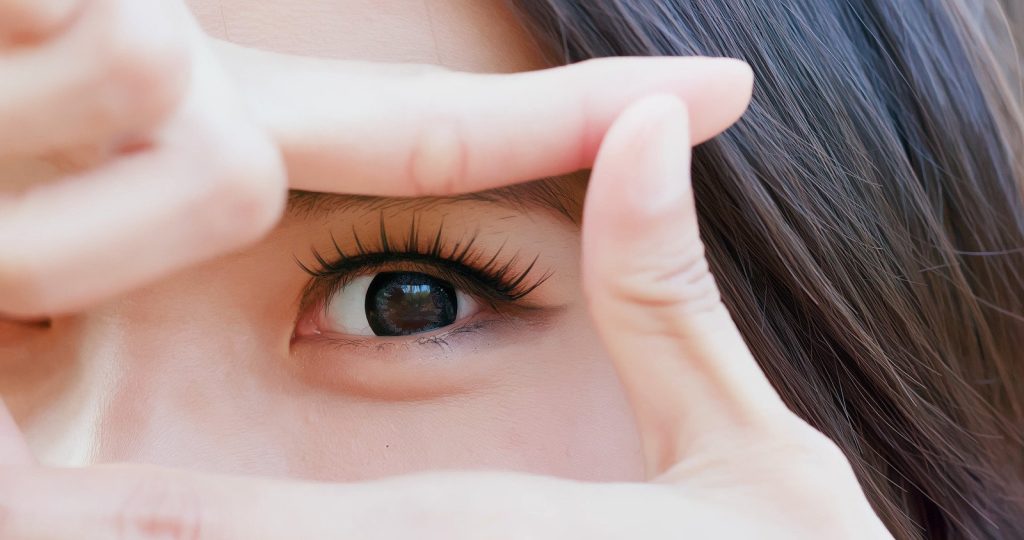Eye Fillers

Eye fillers are injectable treatments used to address volume loss and hollowness around the eyes, particularly in the under-eye (tear trough) region. They are commonly made of hyaluronic acid, a substance naturally found in the skin that retains moisture and provides structure.
By replenishing volume and smoothing out contour irregularities, eye fillers can reduce the appearance of dark circles, under-eye shadows and tired-looking eyes. The result is a refreshed and more youthful appearance without the need for surgery.
What Do Eye Fillers Treat?
Tear trough hollows
Mild to moderate dark circles
Under-eye wrinkles and fine lines
Eye bags
It’s important to note that eye fillers are not effective for all types of under-eye issues. For example, pigmentation-based dark circles or severe fat prolapse may not improve significantly with fillers alone. In these cases, alternative treatments such as topical lightening agents and laser therapy may be more appropriate. You should consult a professional to determine which course of action suits your anatomy and goals.
Key Benefits of Eye Fillers
Quick results
Improvements can often be seen straight after treatment.
Minimal downtime
Non-surgical
Customisable
Reversible
Eye Fillers vs Blepharoplasty
|
|
Eye Fillers
|
Blepharoplasty
|
|---|---|---|
|
Procedure Type
|
Non-surgical injectable
|
Surgical eyelid procedure
|
|
Best For
|
Mild hollowness and shadows
|
Excess skin or prominent eye bags
|
|
Downtime
|
Minimal
|
Several days to weeks
|
|
Results Duration
|
Temporary (6–12 months)
|
Long-lasting or permanent
|
|
Reversibility
|
Reversible (if HA filler used)
|
Not reversible
|
Depending on the underlying cause of your aesthetic concern and your aesthetic goals, your doctor may recommend a combination of both treatments.
Types of Fillers Used Around the Eyes
The skin under the eyes is thinner and more delicate than other areas of the face. As such, only certain types of fillers are appropriate for this region—typically those that are soft, and less prone to cause swelling or lumpiness.
Hyaluronic acid (HA) fillers are most commonly used due to their:
- Malleability and smooth texture
- Ability to bind water and improve hydration
- Lower risk of complications
- Reversibility using hyaluronidase
Some clinics may also use collagen-stimulating fillers, but these are generally reserved for deeper areas and not recommended for the tear trough due to the risk of prolonged swelling or nodules.
Who Is a Suitable Candidate?
You may be a good candidate for eye fillers if you:
- Have mild to moderate hollowness or dark circles under the eyes
- Are in generally good health
- Do not have significant skin laxity or fat protrusion in the lower eyelids
- Are not pregnant or breastfeeding
- Have realistic expectations and understand the limitations of fillers
Risks and Side Effects
As with any injectable treatment, eye fillers carry certain risks and side effects. Most are mild and temporary, but some can be more serious if not performed by a trained professional.
Common side effects include:
- Swelling or puffiness
- Bruising or redness at the injection site
- Tenderness or lumpiness
Less common but serious risks include:
- Tyndall effect (a bluish tint under the skin if the filler is injected too superficially)
- Migration or uneven distribution of filler
- Vascular occlusion (blockage of a blood vessel), which can lead to tissue damage or, in rare cases, blindness
These risks can be minimised by seeing a qualified doctor who has experience with periocular anatomy and uses safe injection techniques.
What to Expect During the Procedure
1. Consultation
2. Preparation
3. Injection
4. Shaping
5. Aftercare advice
How Long Do Eye Fillers Last?
The longevity of eye fillers depends on several factors, including the type of filler used, your metabolism, and lifestyle habits. On average:
- Hyaluronic acid fillers in the tear trough last between 6 to 12 months
- Results tend to last longer under the eyes compared to more mobile areas like the lips
Regular touch-ups may be needed to maintain your results. Some people also notice improved skin quality over time due to the hydrating effects of hyaluronic acid.
Cost of Eye Fillers
In Singapore, the cost of eye fillers typically ranges from $600 to $1,200 per session. The price may vary based on:
- The brand and amount of filler used
- The doctor’s expertise and clinic reputation
- Whether additional treatments (e.g. numbing cream, aftercare) are included
Because under-eye fillers are a delicate procedure, it’s important not to choose based on price alone. A skilled practitioner with experience in eye rejuvenation is crucial to achieving safe and natural-looking results.
Get Eye Fillers with DermClear
If you’re considering eye fillers, let the experienced team at DermClear guide you through the process. At DermClear, we take a personalised approach—ensuring every treatment plan is tailored to your facial anatomy and aesthetic goals.
Our doctors use only medically-approved fillers, and employ safe techniques designed to minimise discomfort and downtime. Whether you’re hoping to look more refreshed or address under-eye hollows, we’re here to help you make informed decisions.
Book a consultation with DermClear today to find out if eye fillers are right for you.
Sculpt the Body You Want–Feel Confident in Your Skin
Our friendly team is looking forward to serving you. For urgent enquiries and appointment requests, please call the clinic directly.